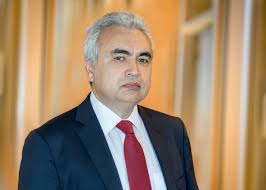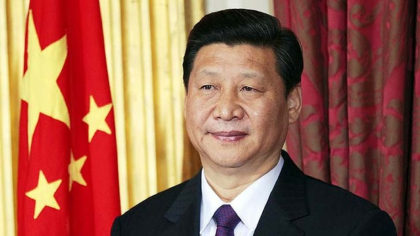
Global energy investment fell for a second-year in 2016 as oil and gas spending continues to drop. Global energy investment fell by 12% in 2016, the second consecutive year of decline, as increased spending on energy efficiency and electricity networks was more than offset by a continued drop in upstream oil and gas spending, according to the International Energy Agency’s annual World Energy Investment report.
Global energy investment amounted to USD 1.7 trillion in 2016, or 2.2% of global GDP. For the first time, spending on the electricity sector around the world exceeded the combined spending on oil, gas and coal supply. The share of clean-energy spending reached 43% of total supply investment, a record high.
Generates More Power
While renewable investment is also 3% lower compared with five years ago, it will generate 35% more power thanks to cost declines and technology improvements in solar PV and wind. Energy-efficiency investment rose 9% to USD 231 billion with China, the fastest-growing region, accounting for 27% of the total last year. At this rate, China could overtake Europe, the largest spender on energy efficiency, within a few years.
Worlds largest investor
China, the world’s largest energy investor, saw a 25% decline in coal-fired power investment last year and is increasingly driven by clean electricity generation and networks, as well as energy efficiency investment. The United States saw a sharp decline in oil and gas investment, and accounted for 16% of global spending. India was the fastest-growing major energy investment market, with spending up 7% thanks to a strong government push to modernize and expand the power sector.
“Our analysis shows that smart investment decisions are more critical than ever for maintaining energy security and meeting environmental goals,” said Dr Fatih Birol, the IEA’s Executive Director. “As the oil and gas industry refocuses on shorter-cycle projects, the need for policymakers to keep an eye on the long-term adequacy of supply is more important. Even with ambitious climate-mitigation goals, current investment activity in oil and gas will have to rise from its current slump.”
Dr Birol added: “The good news is that in spite of low energy prices, energy efficiency spending is rising thanks to strong government policies in key markets.”
Broader Investment Sources
For the first time, the report tracks investment financing sources across the entire energy sector. More than 90% of investments are financed from the balance sheets of companies, governments and households, reinforcing the importance of sustainable industry earnings in funding the energy sector.
After two years of unprecedented decline, global upstream oil and gas investment is expected to stabilise in 2017. However, an upswing in US shale spending contrasts with stagnation in the rest of the world, signalling a two-speed oil market. At the same time, the oil and gas industry overall is transforming itself by delivering large cost savings and focusing more on technology development and efficient project execution.
Global electricity investment was nearly flat at USD 718 billion, with growing network spending mostly offset by fewer coal-power additions. Investment in renewable-based power, the largest area of electricity spending, fell 3% to USD 297 billion.




